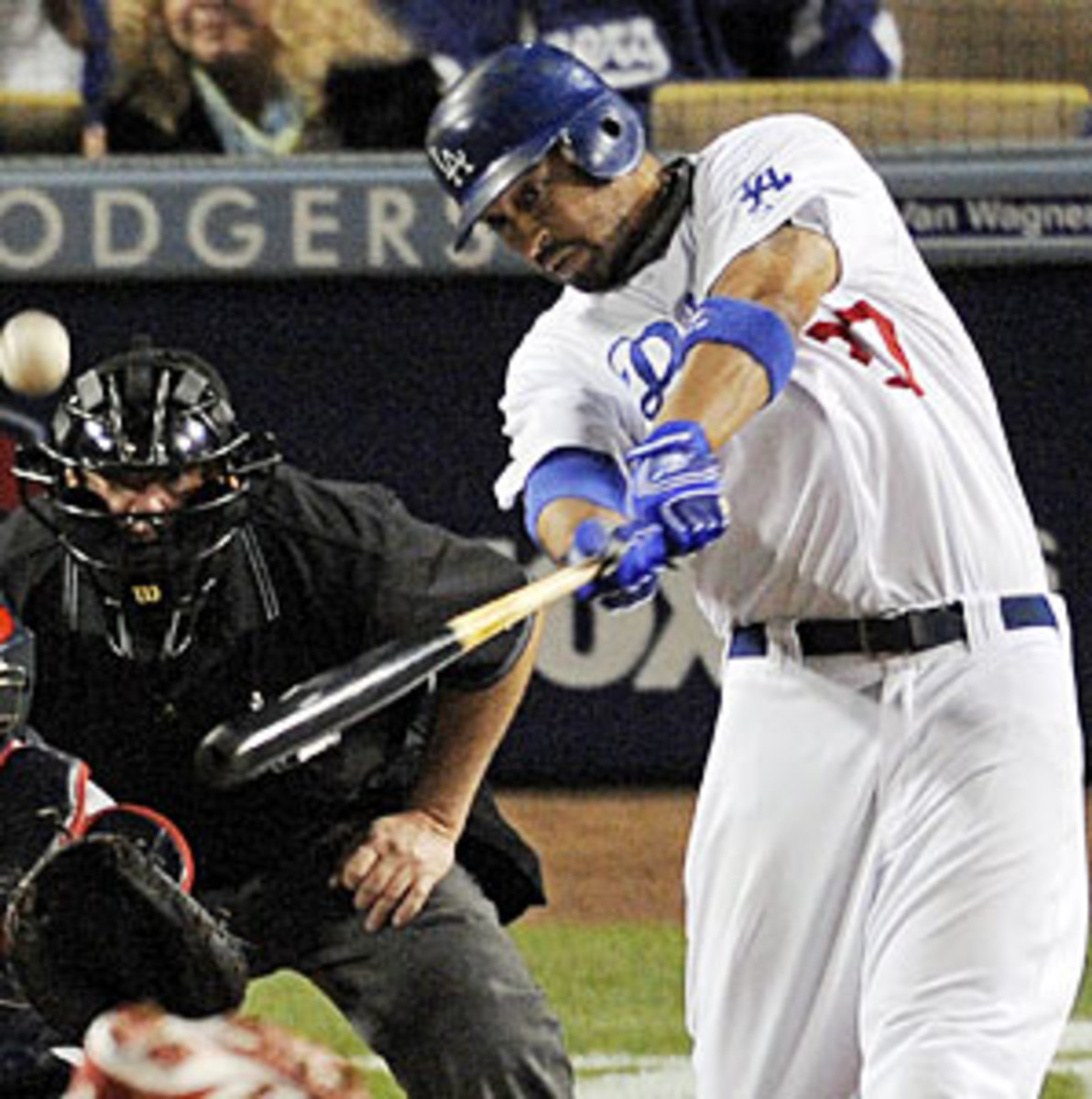Stats explosion guides future, but distances memories of the past
As a product of the 1980s, I digested baseball stats like a normal kid. At the ballpark, I kept score. I knew "6" meant the shortstop, "F9" meant a fly out to right field and "BB" meant bases on balls (not the batboy). By about the fifth inning, after forgetting the difference between a strikeout swinging and a strikeout looking, I gave up and ate my Dodger Dog. Besides, my mustard-stained scorecard was no longer readable.
On television, stats were scarce. To get Pedro Guerrero's triple-crown numbers, I had to tune-in right before his first at-bat. The score was a mystery because it wasn't a constant graphic at the top of the screen. Color commentators shouted subjective lines like, "I've never seen a ball hit that far!" but they never said how far the ball actually traveled. The radio was worse -- but when Vin Scully was announcing, I was content to just listen to his poetry.
The real numbers game would come the next morning when the Los Angeles Times arrived. I couldn't wait to look at the box scores. These little windows into every game showed me everything I wanted to know (hits, runs, homeruns, strikeouts, stolen bases, runners left-on base) and some things I didn't care about (umpiring crew, attendance, time of game). It was all there in black and grey.
These days, baseball's empirical data has never been more colorful, plentiful or accessible. I never have to wait for news or scores. I can instantly e-mail information to friends and tweet Matt Kemp. I can watch any game from anywhere in the country via a television, computer or mobile phone. It's all there in high-definition.
Stats are no longer just for number-crunching geeks. General managers with limited payrolls rely heavily on them to build winning teams. Agents use them to get more money for their clients. Fantasy baseball is now a $4.5 billion industry. In their quest to bring objective evidence to baseball, the sabermatricians have won. Call it a remake of Revenge of the Nerds.
The latest gizmo to come to the masses is from Bloomberg L.P, a company best known for its financial analytical tools. Rather than improve your stock portfolio, it wants to help you win your fantasy league. The product, now available on MLB.com for $31.95, targets serious fantasy players looking for an edge.
Without shame, I count myself in that group so I gave it a test drive. There's a draft kit for ranking players, either by Bloomberg's projections or by a combination of statistics I deem useful. Each player has a smiling photo for me to move around. A scrolling banner displays breaking news from over 26,000 news sources. I click on "Richmond Times-Dispatch: Strasburg sharp in Nationals' loss" to read the entire article. This is certainly faster than waiting for tomorrow's paper to arrive.
In addition to draft preparation, the in-season tools look intriguing. Trade-analysis software lets me compare the value of players -- as if I'm contemplating trading stocks for commodities. So even if the Cardinals and Phillies never swap Albert Pujols for Ryan Howard, I can consider it.
Visually, the product is impressive. There are plenty of charts and graphs for me to get lost in. Some drawbacks are player statistics currently only date back to 2008 but they update in real-time and include 2010 spring training. I also can't extract data for personal use, such as in a spreadsheet and I can't copy and paste. But it's a thousand times more interactive than the old-fashion box score.
Will new products like this change the way we play fantasy sports? I don't know yet.
The bigger question is will it change the way we watch baseball? Maybe.
As much as I enjoy all these new technologies in baseball and absorbing every stat imaginable, I wonder if it's all too much. I hope it doesn't mean an end to the thrill of being at a ballpark, seeing unscripted drama, keeping score for a few innings and eating a hot dog.






































